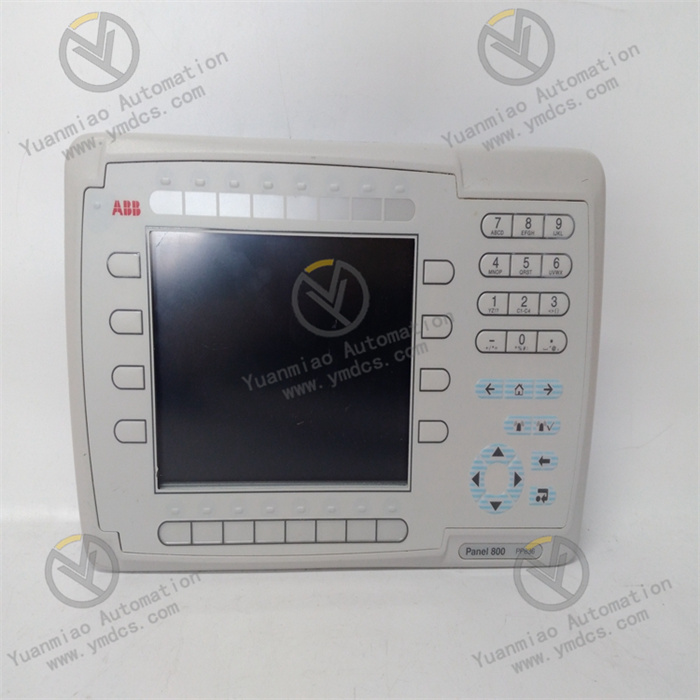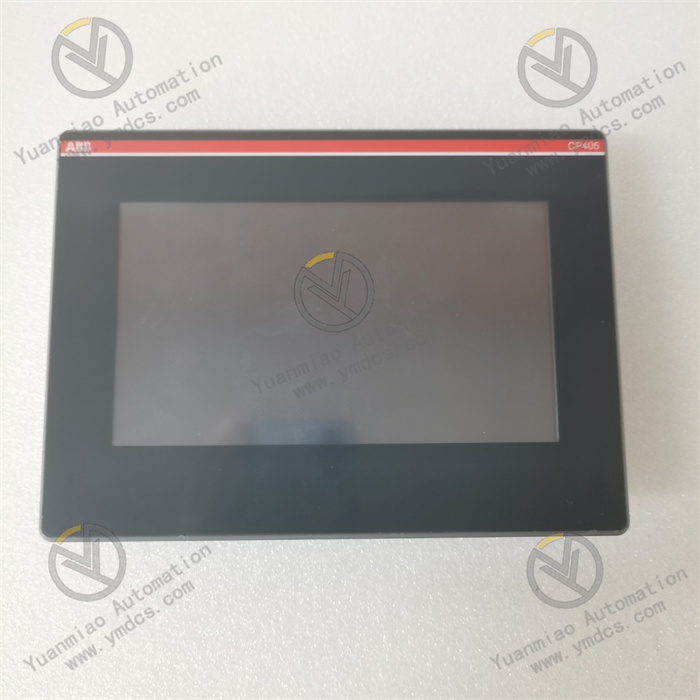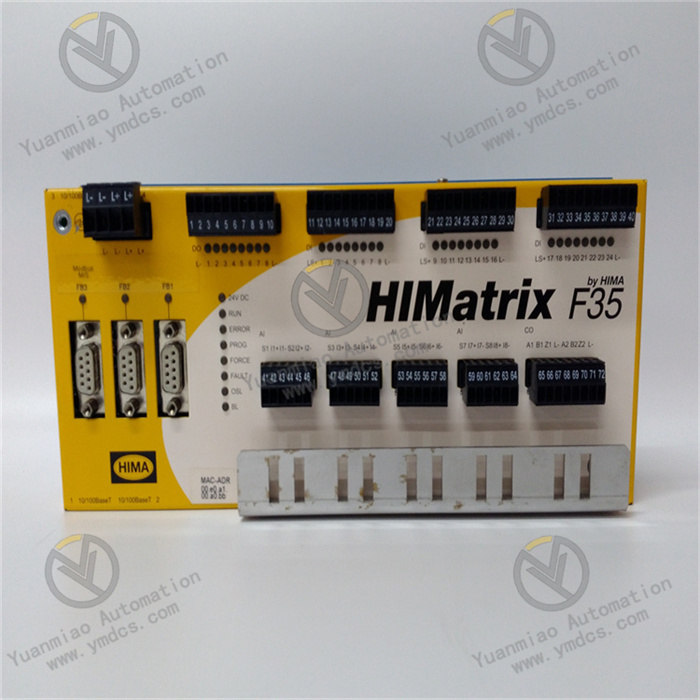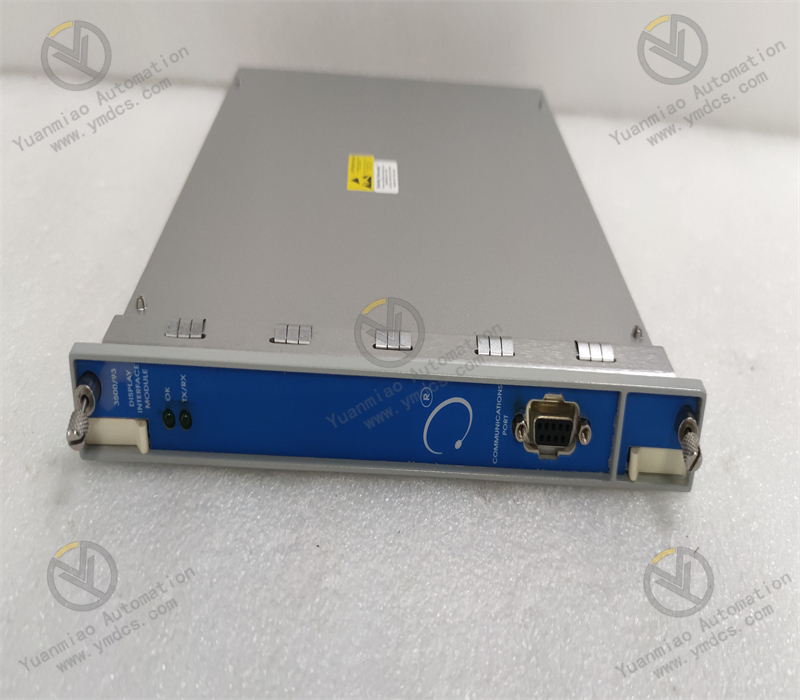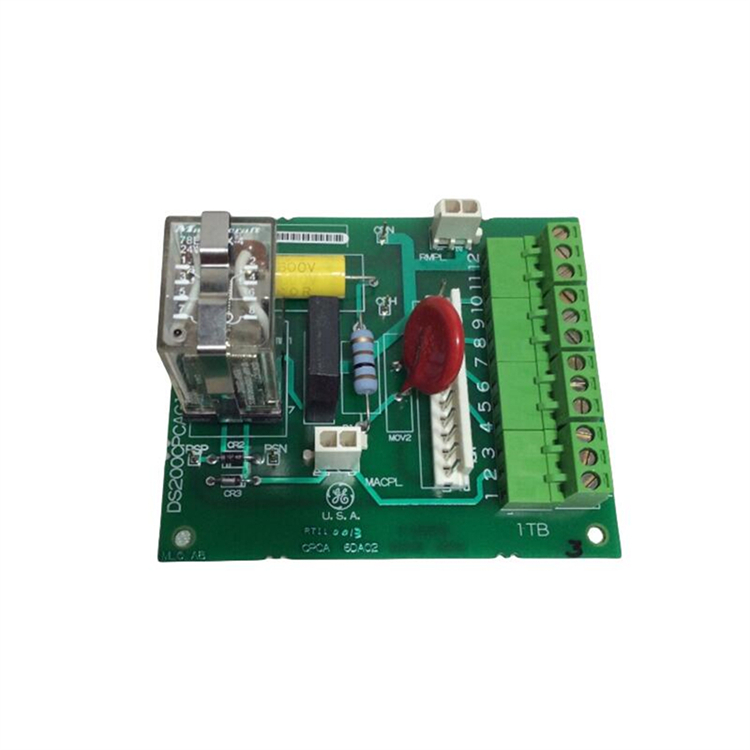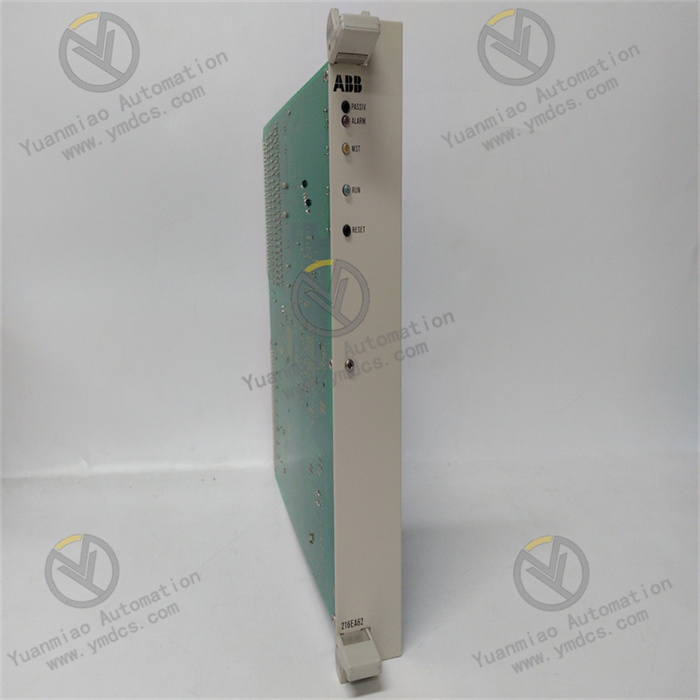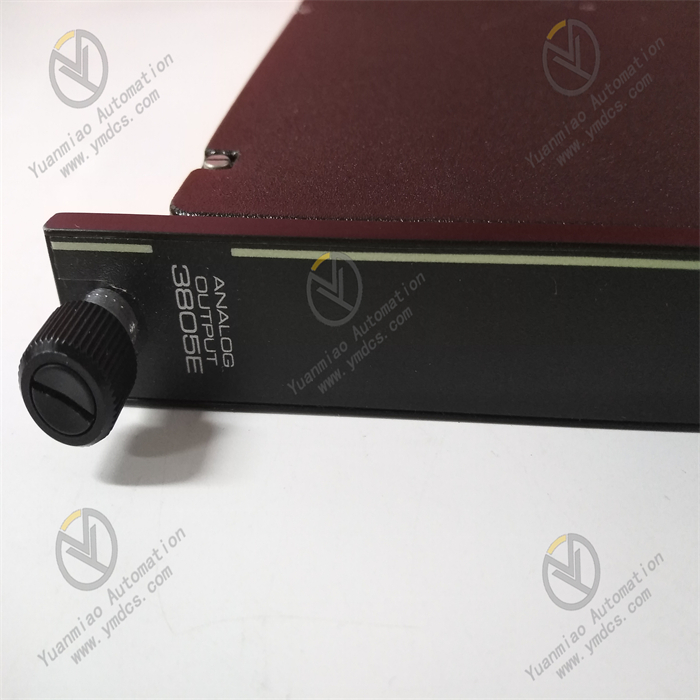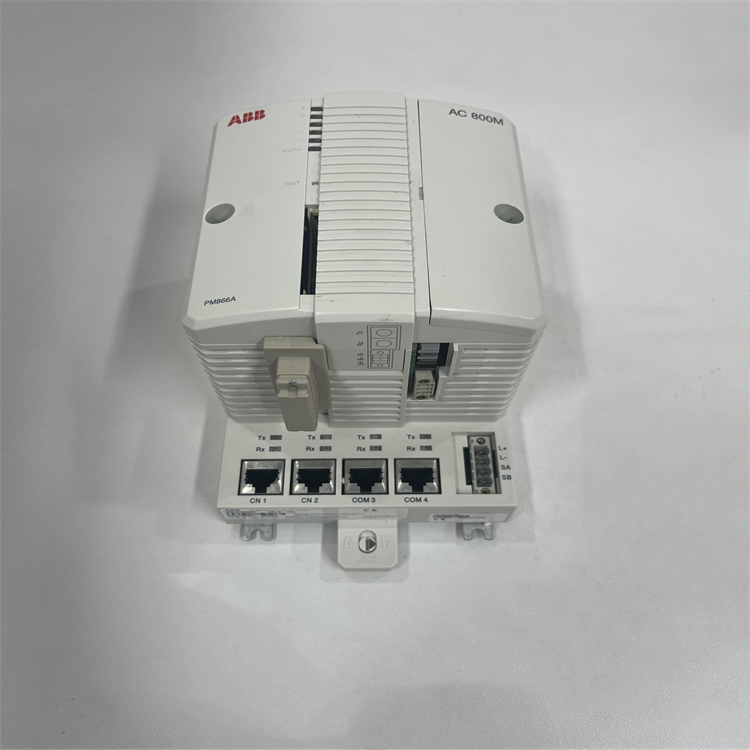Description
ABB CI560 3BUC98002R0001
The ABB CI560 3BUC98002R0001 is a serial I/O module used in industrial automation control systems. It belongs to the experimental data industrial control card module for automated PLC/DCS equipment and is commonly applied in industrial automation control systems. It can perform functions such as data acquisition, processing, and control signal output to accurately monitor and control various parameters in industrial production processes.
Basic Information
- Manufacturer: ABB
- Model: CI560
- Product Number: 3BUC98002R0001
- Series: Suitable for systems such as Advant Mod 300 and Advant OCS
- Dimensions: Approximately 2.2cm × 12.4cm × 12.6cm
Technical Parameters
- Operating Voltage: 24V
- Output Frequency: 10/100Mbps
- Processing Speed: 50MHz
- Program Capacity: 16MB
- Data Capacity: 256MB
- Ambient Temperature: 0 to 60°C
- Relative Humidity: 5% to 95% (non-condensing)
- Protection Level: IP20 (no additional enclosure required)
- Communication Interfaces: Hardware based on communication connection standards, supporting protocols such as Ethernet and PROFIBUS DP, with built-in redundant Ethernet communication ports
Functional Features
- Slave Processor: Has independent processing capabilities to reduce the burden on the main controller and improve overall system performance.
- Modular Structure: Facilitates easy installation, disassembly, and maintenance, enabling flexible system expansion and upgrades. I/O points can be configured flexibly according to actual needs.
- Diverse Application Scenarios: Can be connected to I/O modules of various controllers such as the AC800M series, AC800F series, and AC31 series, suitable for multiple industrial automation control systems.
Application Areas
- Manufacturing Industry: Used for automated control of production lines to achieve real-time monitoring and data acquisition of production equipment, improving production efficiency and product quality.
- Power Industry: In power system monitoring and control, it can collect various parameters in the power system, such as voltage, current, and power, and transmit data to the control system to ensure stable operation and optimized control of the power system.
- Chemical Industry: In chemical production processes, it can real-time monitor and control process parameters such as temperature, pressure, and flow to ensure the safety and stability of production processes.
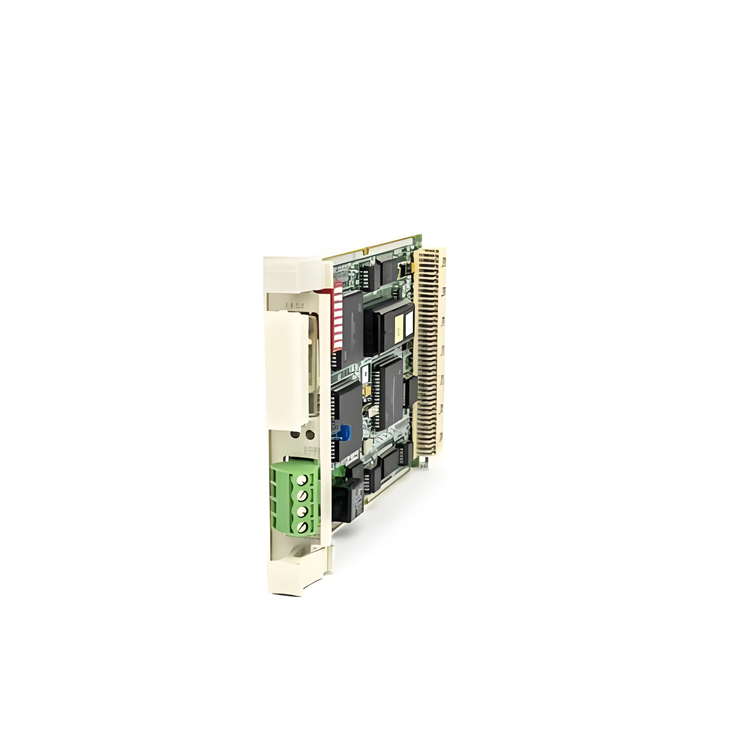
Common Faults, Possible Causes, and Solutions for ABB CI560 3BUC98002R0001 Serial I/O Module
I. Power-Related Faults
- Module Unpowered (Power Indicator Off)
- Possible Causes:
- Open circuit, poor contact, or abnormal voltage in the power input line (e.g., no 24V DC power supply connected).
- Loose, oxidized, or incorrectly wired power terminals (reverse positive and negative connections).
- Damaged internal power circuit of the module (e.g., blown fuse, damaged capacitor).
- Solutions:
- Measure the power input voltage with a multimeter to ensure it is within the rated range (24V DC ±10%), and check the power cord connection for firmness.
- Re-plug the power terminals, clean the oxidized layers, and ensure correct wiring (pay attention to positive and negative poles).
- If the internal circuit is damaged, contact ABB technical support or replace the module.
- Abnormal Power Indicator (Flashing or Always On but Module Not Working)
- Possible Causes:
- Unstable power voltage or excessive ripple, preventing the module from starting normally.
- Internal hardware faults in the module (e.g., abnormal processor or memory).
- Solutions:
- Use a stable power supply or install a power filter to ensure power quality.
- Try restarting the module or reloading the configuration file; if ineffective, return it for repair or replace the module.
II. Communication Faults
- Unable to Communicate with Host Computer or Controller
- Possible Causes:
- Incorrect communication parameter settings (e.g., baud rate, station address, protocol type mismatch).
- Damaged, poorly connected, or incorrectly wired communication lines (e.g., reverse RS-485 positive/negative connections, poor Ethernet cable contact).
- Damaged communication interface chip or module firmware fault.
- Electromagnetic interference causing unstable communication (e.g., close to high-power equipment, no shielded cable used).
- Solutions:
- Check and confirm that the module's communication parameters (e.g., PROFIBUS station address, Ethernet/IP port number) match the system.
- Test the connectivity of communication lines with a multimeter or cable tester, re-plug connectors or replace cables, and ensure correct wiring (refer to the module manual for pin definitions).
- Upgrade the module firmware to the latest version or restore factory settings and reconfigure.
- Add shielding to communication lines or keep them away from interference sources; use isolators or surge protectors if necessary.
- Communication Interruption or Data Transmission Errors
- Possible Causes:
- Excessive communication line length causing signal attenuation, or incorrect terminal resistor connection (e.g., no terminal resistor in PROFIBUS network).
- Address conflicts during multi-device communication (e.g., multiple modules with the same station address).
- High module load or firmware bugs.
- Solutions:
- Ensure the communication line length is within the protocol-supported range (e.g., PROFIBUS up to 1200 meters) and correctly connect terminal resistors (typically 120Ω).
- Check that all device station addresses in the network are unique and modify conflicting addresses.
- Reduce the number of slave devices connected to the module or contact ABB for firmware patches.
III. I/O Function Abnormalities
- No Response to Input Signals (e.g., Digital Inputs Not Activating)
- Possible Causes:
- Faulty input signal source (e.g., damaged sensor, abnormal power supply).
- Loose, short-circuited, or mismatched input terminal wiring (e.g., module supports DC input but AC signal is connected).
- Damaged or misconfigured module input channels (e.g., corresponding input channel not enabled).
- Solutions:
- Test the output of the signal source (e.g., sensor power supply, output voltage/current) and replace faulty sensors.
- Check input wiring for firmness and confirm that the signal type (e.g., 24V DC digital quantity) matches the module's specifications.
- Check whether input channels are enabled via configuration software and try switching to Standby (spare) channels for testing.
- Abnormal Output Signals (e.g., No Contact Action in Digital Outputs)
- Possible Causes:
- Overloaded or short-circuited output loads, triggering module protection functions.
- Incorrect or poorly connected output terminal wiring.
- Damaged module output channels or incorrect control signal transmission.
- Solutions:
- Check whether the load power is within the module's rated range (e.g., maximum current for digital outputs) and eliminate short-circuit faults.
- Re-plug output terminals to ensure correct wiring (e.g., pay attention to contact types for relay outputs).
- Manually test output channels via host computer software; if ineffective, replace the module.
IV. Hardware Faults and Environmental Issues
- Module Overheating or Abnormal Heating
- Possible Causes:
- Poor ventilation in the installation environment or ambient temperature exceeding the module's allowable range (0~60°C).
- Aging or short-circuiting of internal components.
- Solutions:
- Ensure the module is installed in a well-ventilated control cabinet, away from heat sources, and install a cooling fan if necessary.
- Stop the machine and check the module surface for burn marks or unusual odors. If internal faults are suspected, power off immediately and contact professional maintenance personnel.
- Abnormal Module Indicator Lights (e.g., Alarm Light Always On)
- Possible Causes:
- Firmware errors, memory faults, or hardware compatibility issues.
- Incorrect module initialization or lost configuration files.
- Solutions:
- Try re-plugging the module or power cycling it, and wait for initialization to complete.
- Re-download or update configuration files via configuration software; if the alarm persists, contact ABB technical support for hardware detection.
V. Other Precautions
- Preventive Maintenance:
- Regularly check the tightness of module wiring terminals, clean dust and debris to avoid poor contact due to environmental factors.
- Backup module configuration files for quick recovery after faults.
- Safety Operations:
- Always disconnect power before operation to avoid plugging/unplugging modules or wiring with power, and prevent electrostatic damage to components.
- Non-professionals should not disassemble the module to avoid secondary damage or safety risks.


